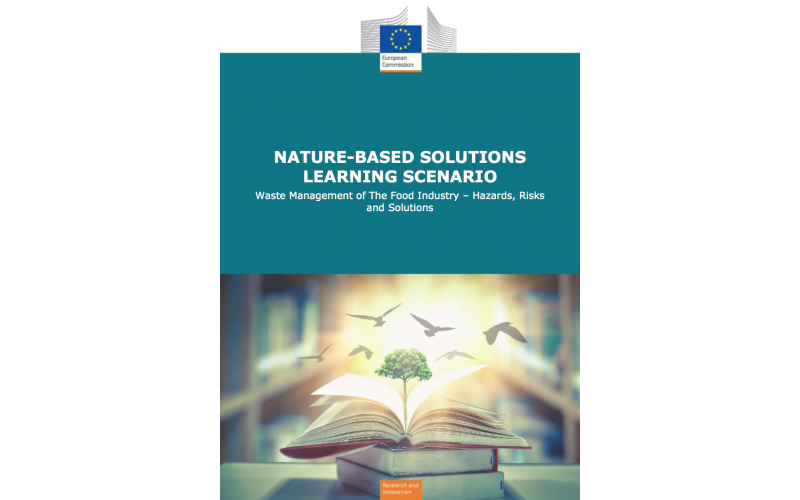Uncontrolled landfill sites are increasingly being used as a food-waste disposal method. These sites are often source of diseases and unpleasant odours, providing a medium for microorganisms, parasites, and rodents to breed. They can favour the formation of leachates (polluting liquids) that filter though the subsoils contaminating groundwater and surface water. Municipal and industrial landfill sites, particularly those used for food waste also create additional fire hazards and may contribute to climate change through:
1) biodegradable waste fermentation, raising the landfill’s temperature, which could promote fires (especially in the warm season);
2) the biochemical decomposition of organic matter in natural conditions generates flammable gases (CH4) which could increase the risk of fires and contribute to air pollution with the release of greenhouse gases (GHGs) such as CO2.
Teenagers can take action within their daily lives to reduce food waste at school and home and influence their family and extended communities to make behavioural change1, 2. In addition, they can also use 21st-century skills such as creativity and innovation to turn an urban challenge, such as food waste, into a solution for their communities’ socio-economic development. The project will help them to further develop these key skills.
Composting food waste for biogas production in controlled environments is one alternative to minimising waste that reduces GHGs. Another solution is recycling compost to support sustainable urban food production systems. Both solutions are examples of innovative food waste management that are necessary to solve urban challenges and bring about socio-economic benefits to communities.

